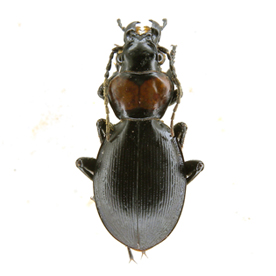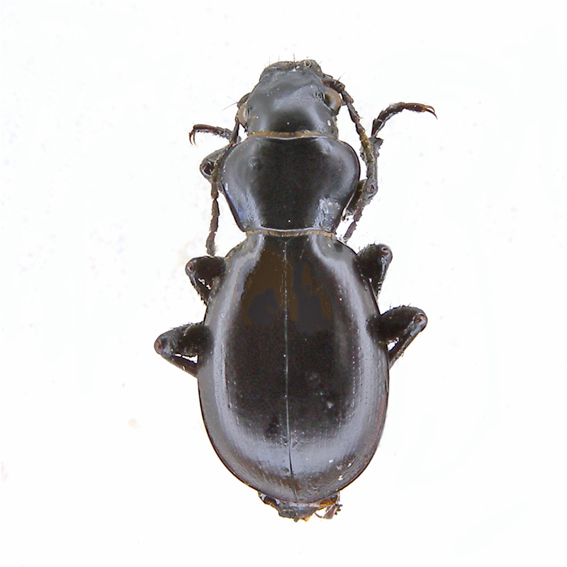Subgenus Orinodromus Kolbe, 1895
Orinodromus Kolbe, 1895: 57 (type: deckeni Gerstaeker, 1867)
Elgonites Jeannel, 1940: 142 (type: kenyense Breuning, 1928)
According to Jeannel (1940: 64), the species of African wingless Calosoma, exclusive of the mountain habitat of heath and grassland, belong to the genera (or sub-genera in our interpretation): Carabops, Orinodromus and Carabomorphus. Their origin, still according to Jeannel, should be traced back to the Castrida - Caminara phyletic line. These phylogenetic hypotheses would be at least partially confirmed by the mitochondrial analysis as regards Carabomorphus while Orinodromus would seem to have followed a different evolutionary path (Toussaint and Gillet, 2017: 12).
Anyway, all these species, simplifying the matter, differ from the other winged Calosoma which could be related to them, because, having wings non functional or reduced to a stump, they have elytral humeri attenuated and lacking any indentation on their margin.
Inside Orinodromus Jeannel had put togheter species that he judged were, because of their morphological characteristics, more advanced than those collected in Carabops. Indeed, they have smooth mandibles, and reduced metaepisterna, without punctation, though the ligule of their penis has a normal shape, as in Carabops, however slight longer.
Jeannel therefore divided the genus Orinodromus into the subgenres: Carabophanus, Elgonites and Orinodromus s. str. While the subgenus Carabophanus belongs exclusively to the Ethiopian highland, Elgonites is limited to the mount Elgon and Orinodromus s. str., takes together all species of Mount Kilimanjaro and two species present in some mountain ranges west of Kilimanjaro. The species of the subgenera Orinodromus and Elgonites have a relatively more elongated ligule, parallel-sided, and the male's mesotibiae are straight without brush, unlike what characterizes the species of Carabophanus.
We think as a general rule, that the genera of Jeannel should be maintained as subgenera but in this case we judge that the morphological differences, which we have indicated above, suggest to keep Carabophanus as a subgenus distinct from Orinodromus.
In the same line of reasoning, we do not instead believe that it is necessary to keep the species of Mount Elgon distinct, even if they belong to a distinct geographical area. They share all the characters with which we have identifieded the subgenus Orinodromus and differ from the others species belonging to it only because they lack the setae on the rear lobes of pronotum.
We must note that the subgenus Orinodromus, so defined, is most interesting because it presents the various transformation steps of the sculpture of the elytra that can be considered as a guide to trace the process of evolution of the species. Indeed the sculpture the elytra varies widely, starting from a model with 16 intervals, all equal, that probably should be regarded as the primitive model, to arrive at more complex, variously modified sculpture models, presumably due to the effect of isolation in high altitude habitats.
C. (Orinodromus) neumanni and the related species, recently discovered, C. (Orinodromus) leleupi, that occupy three mountain ranges west of Kilimanjaro, both have the elytra with raised intervals of the same width and heigth.
C. (Orinodromus) deckeni , C. (Orinodromus) glaciale and C. (Orinodromus) neumanni, found on the high altitude slopes of Mount Kilimanjaro have a flattened or totally obsolete elitral sculpture.
C. (Orinodromus) elgonense and C. (Orinodromus) kenyense of Mount Elgon, probably represent a unique lineage that, starting from a type where the sculpture of the elytra has the intervals of the same width and height, gives origin to a series of strikingly different entities.
In any way, in the following discussion has been widely used the study of Basilewsky (1962) that has critically reviewed the systematic of this subgenus and provided accurate data on the distribution of the different species.


